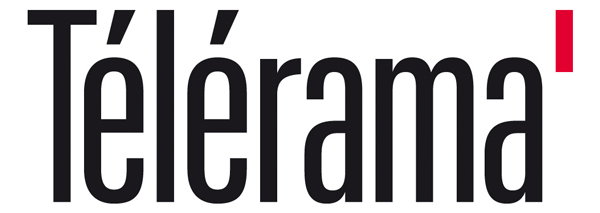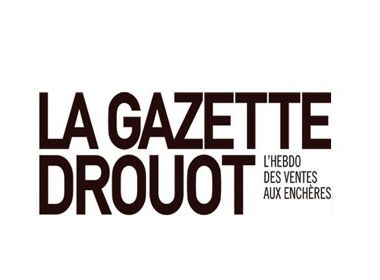Ezra Nahmad
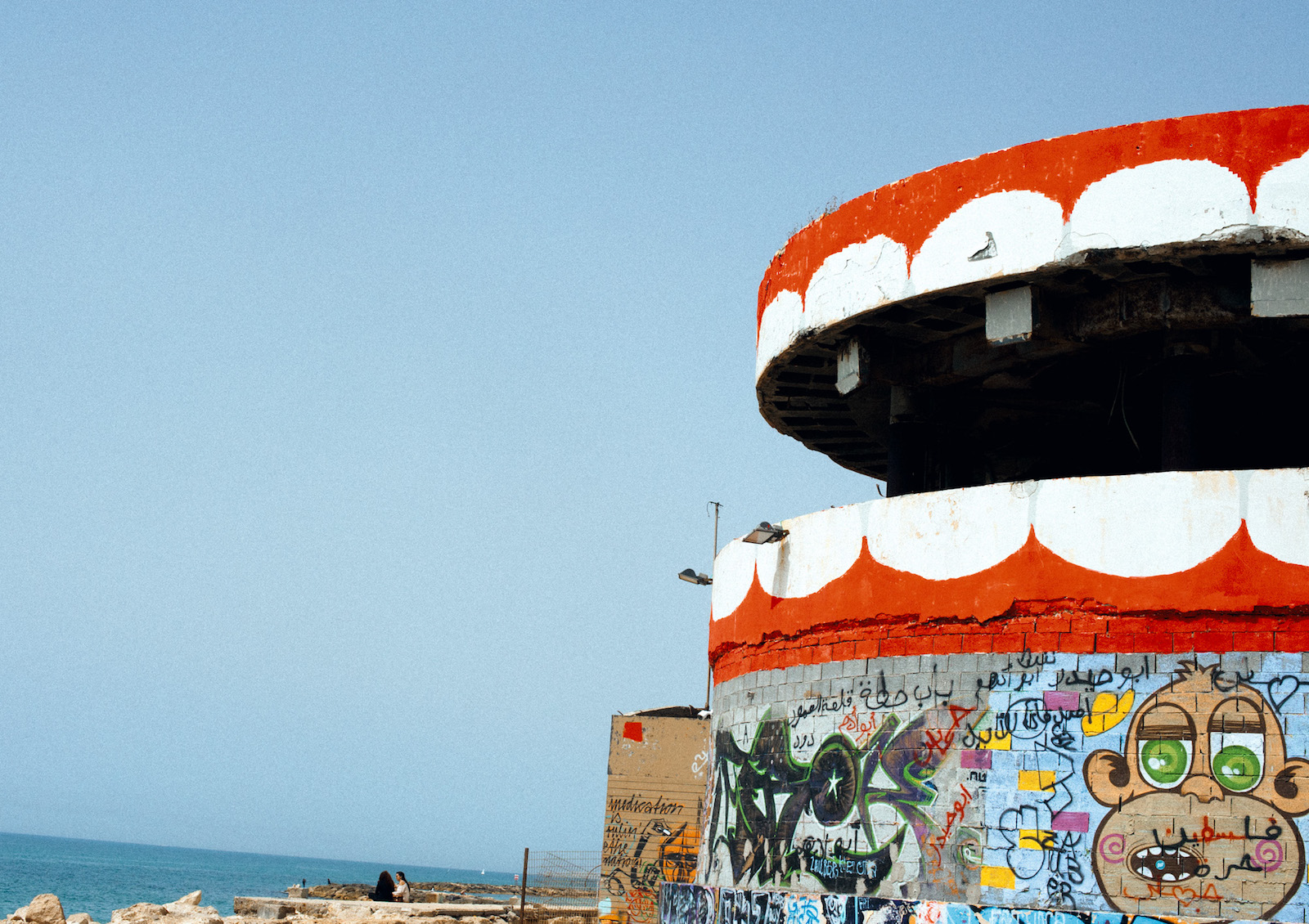
Image: 20 x 28 inches
Numbered and signed by the artist on print verso
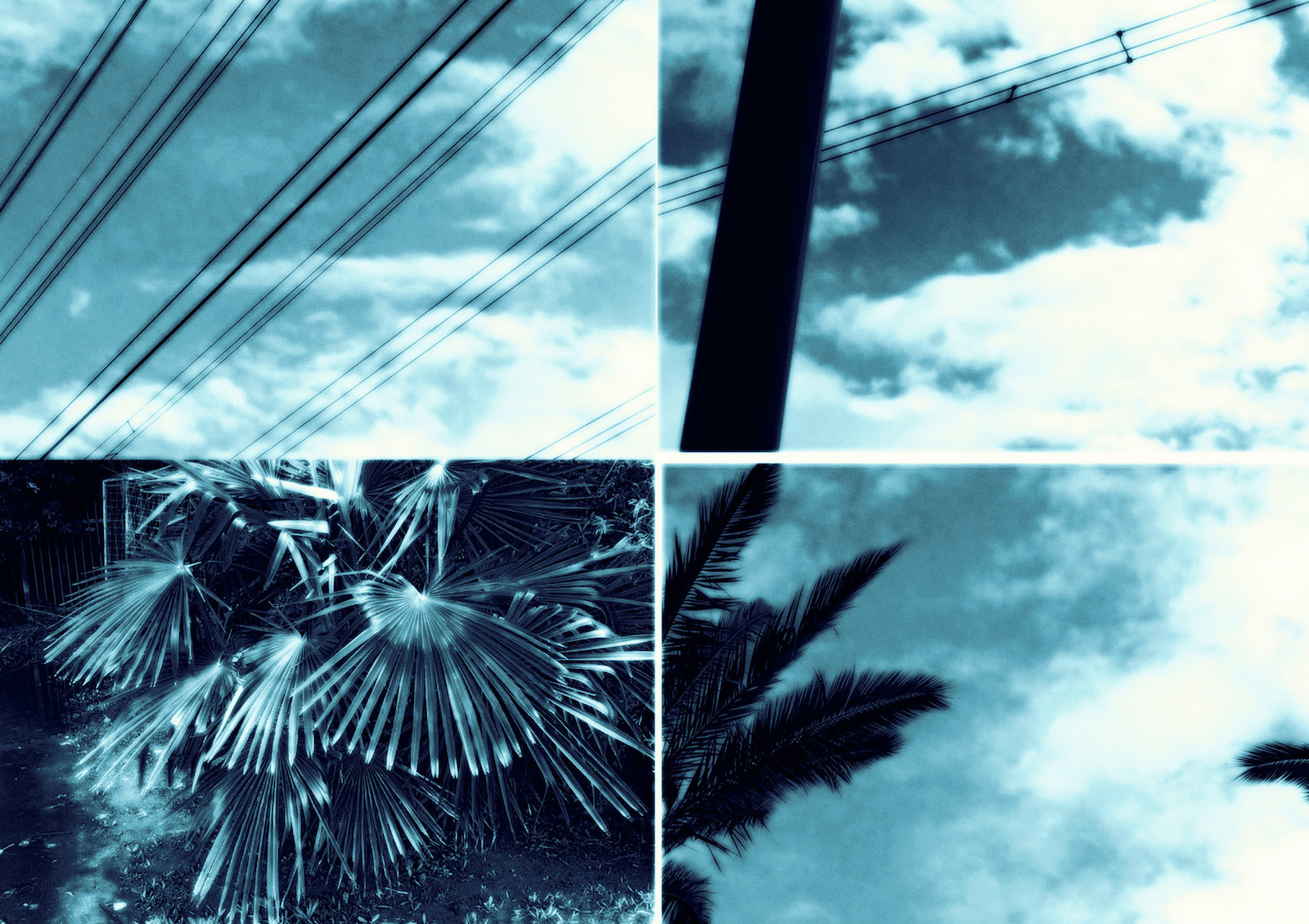
Image: 20 x 28 inches
Numbered and signed by the artist on print verso
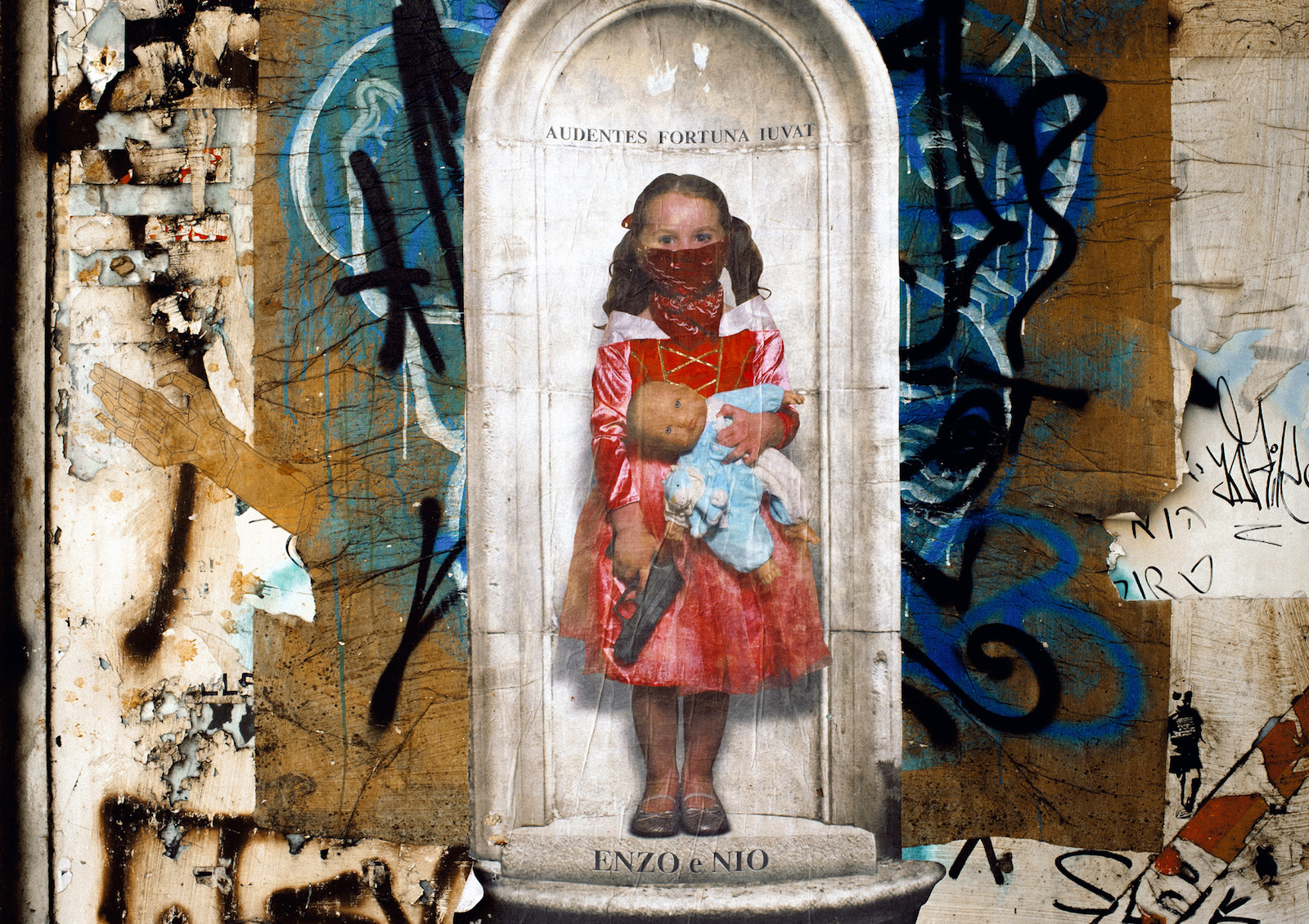
Image: 20 x 28 inches
Numbered and signed by the artist on print verso

Image: 20 x 28 inches
Numbered and signed by the artist on print verso

Image: 20 x 28 inches
Numbered and signed by the artist on print verso
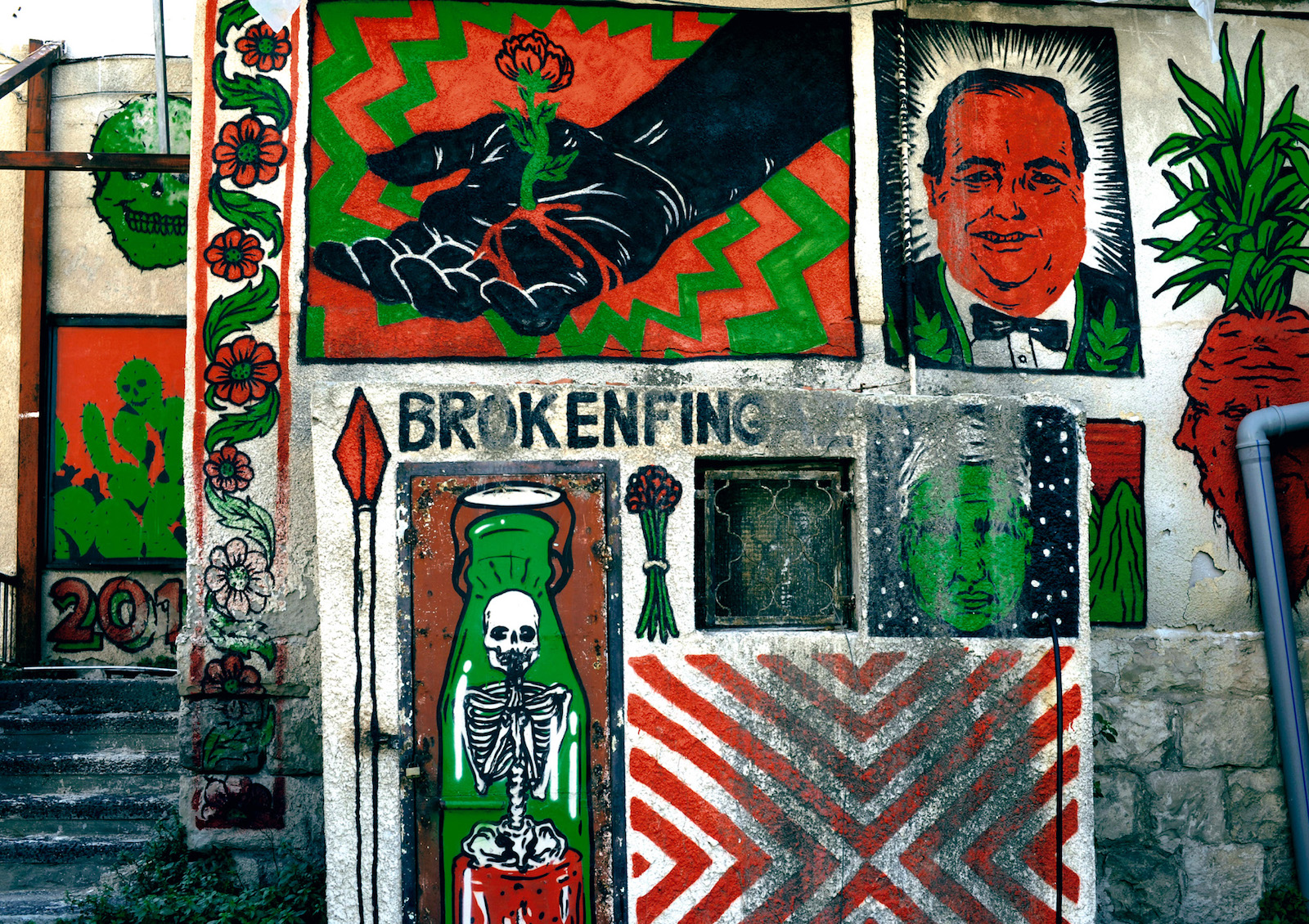
Image: 20 x 28 inches
Numbered and signed by the artist on print verso

Image: 20 x 28 inches
Numbered and signed by the artist on print verso
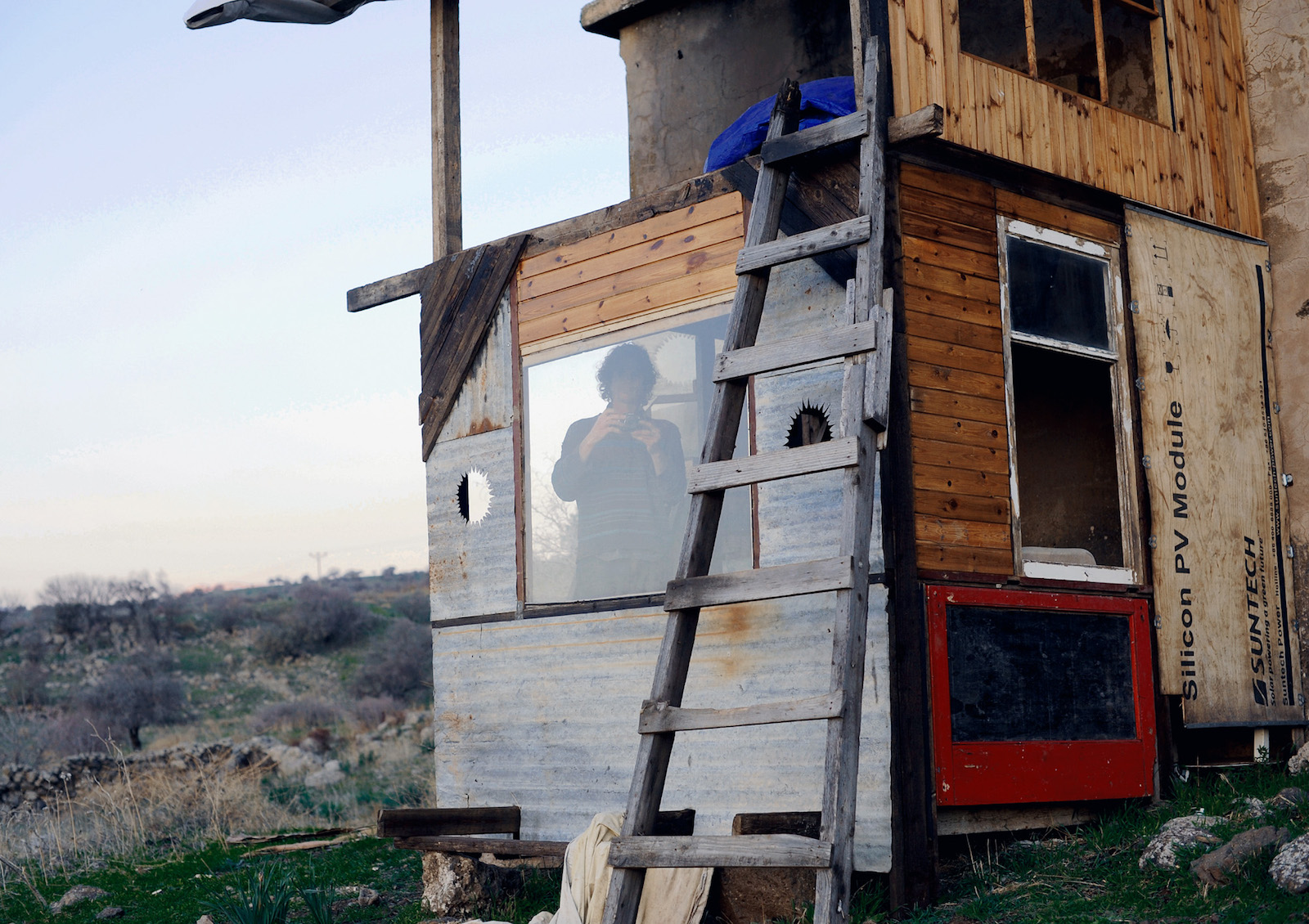
Image: 20 x 28 inches
Numbered and signed by the artist on print verso
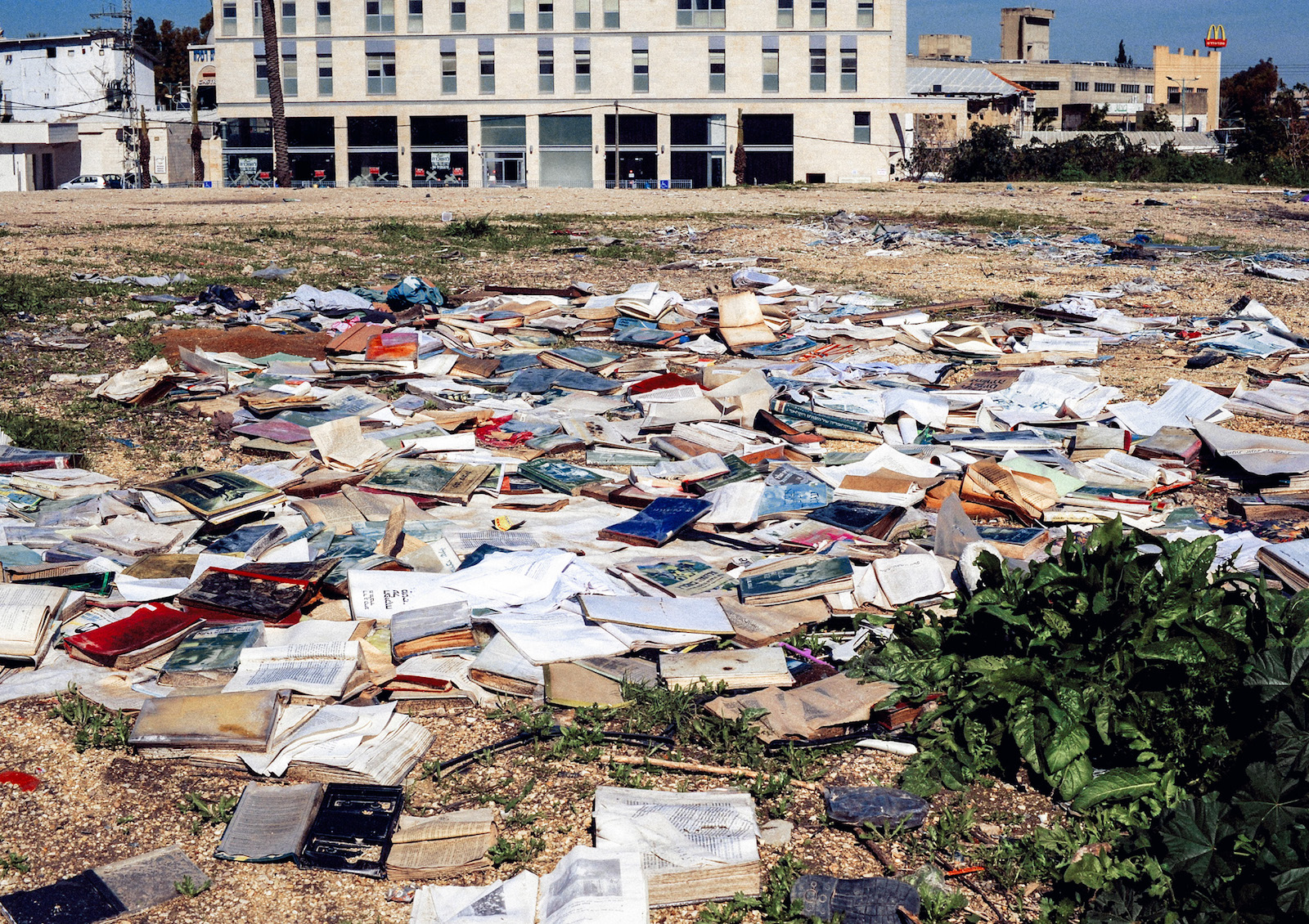
Image: 20 x 28 inches
Numbered and signed by the artist on print verso
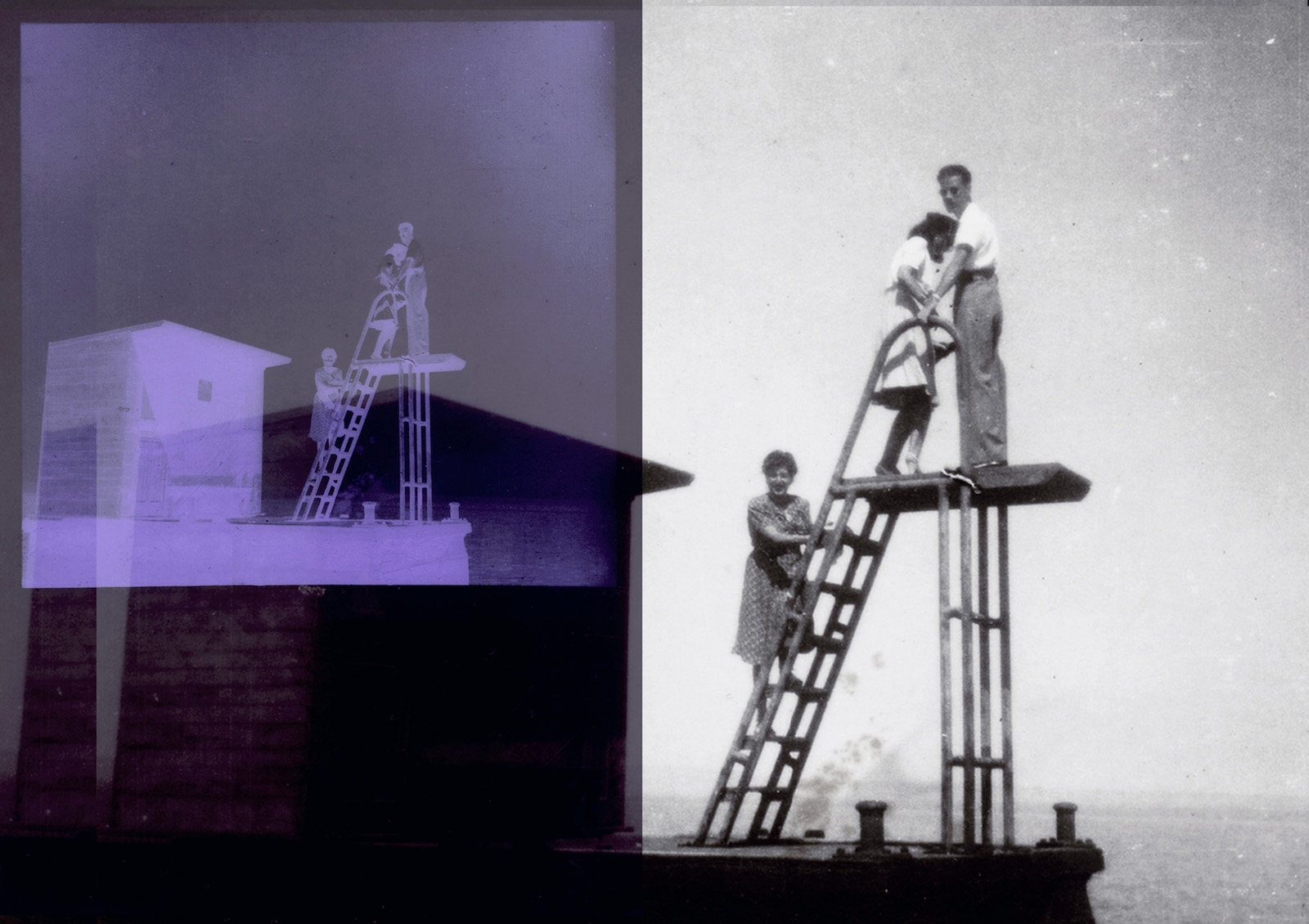
Image: 20 x 28 inches
Numbered and signed by the artist on print verso

Image: 20 x 28 inches
Numbered and signed by the artist on print verso

Image: 20 x 28 inches
Numbered and signed by the artist on print verso
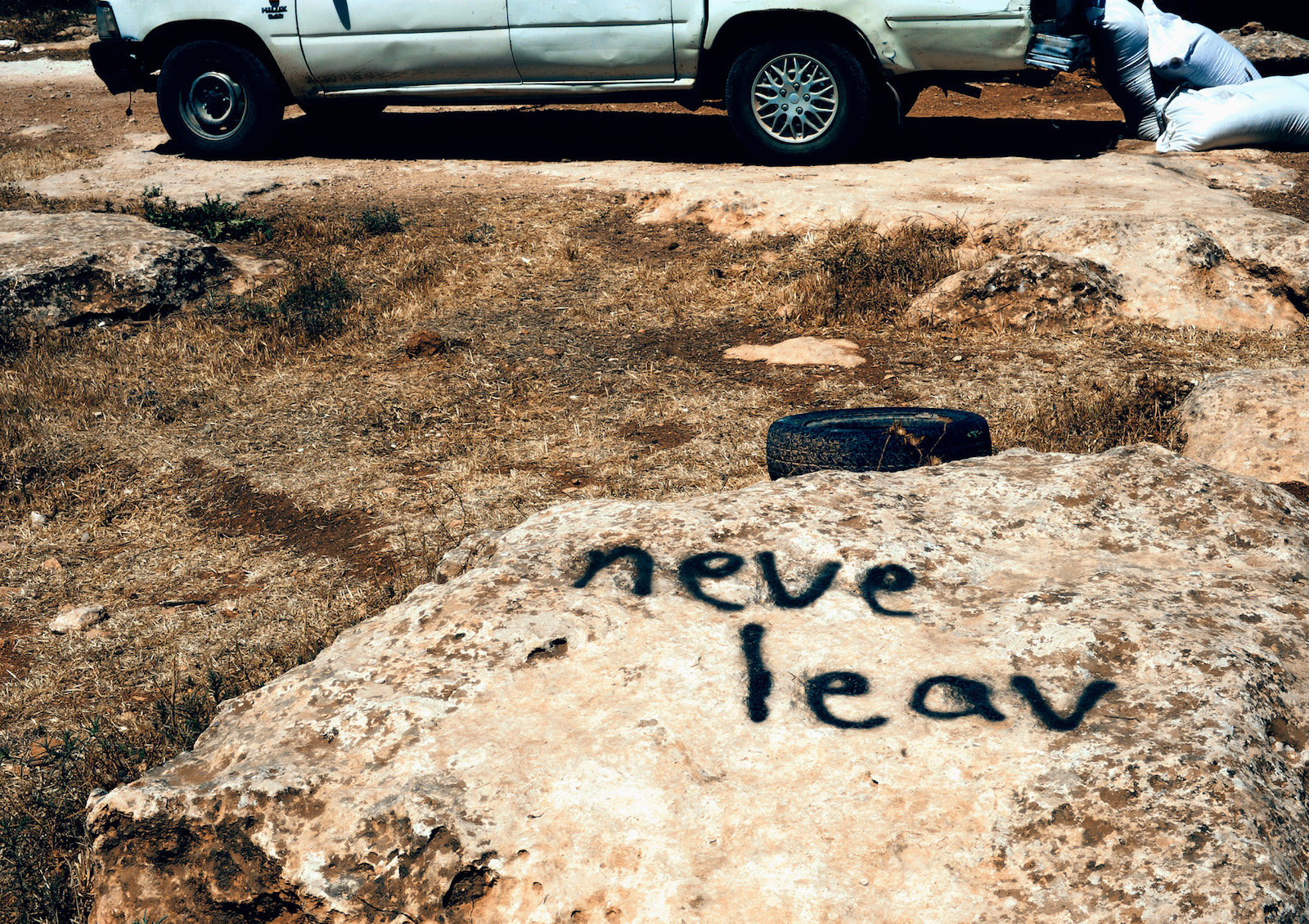
Image: 20 x 28 inches
Numbered and signed by the artist on print verso
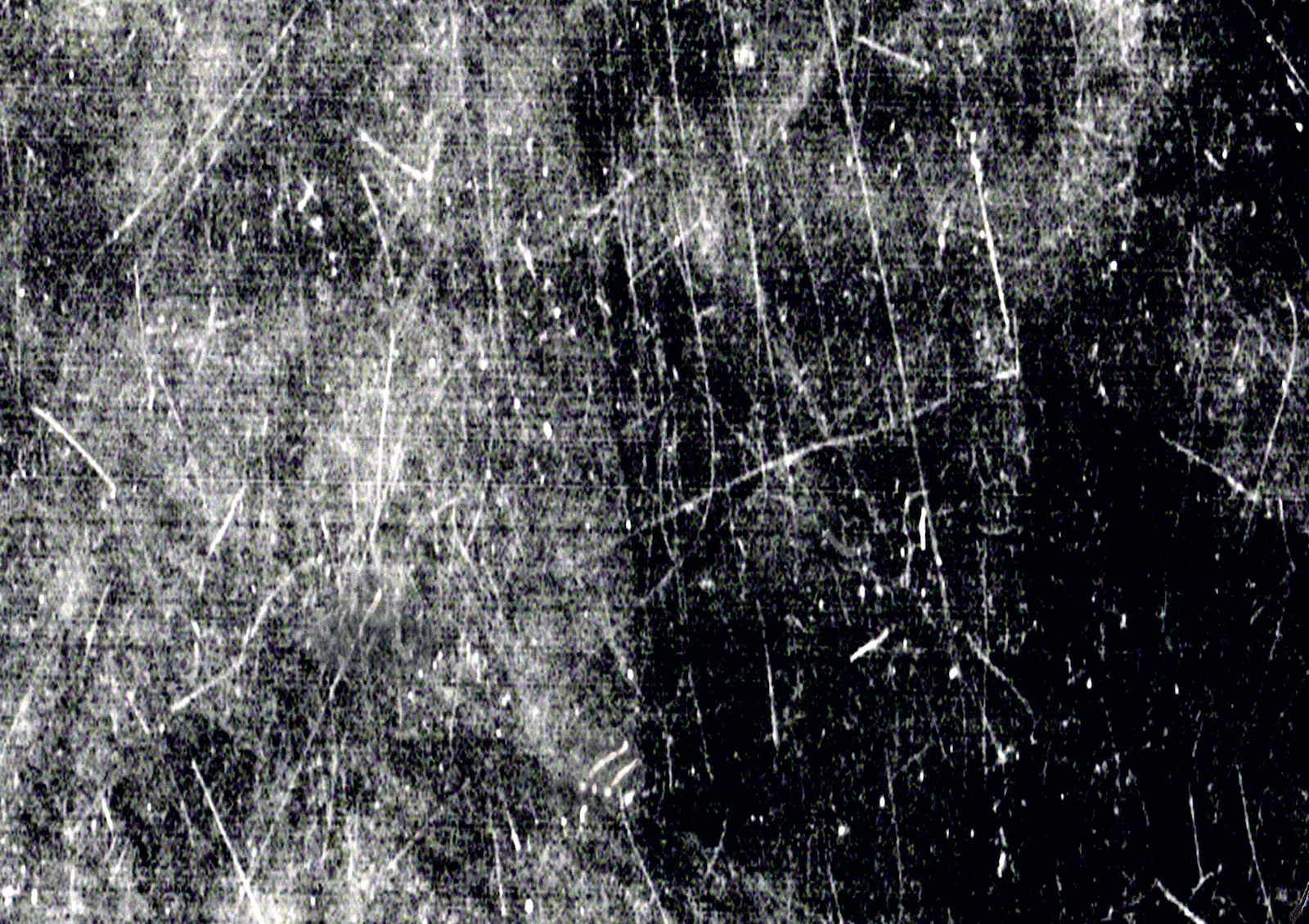
Image: 20 x 28 inches
Numbered and signed by the artist on print verso
Press
Texts
LEAVE
My parents were twenty-five when they left Egypt, just as my great-grand-parents had emigrated from their native Turkey, Syria or Morocco to settle in Egypt. We didn't see exile as an aberration or a loss; circulating around the Mediterranean was strictly our own affair. But the move to Israel put an end to this chapter of our history. We took on new roles, as settler-survivors and prodigal sons. Since I didn't want to assume them, I opted for Europe. But now I sense that the wind is changing again, with Europe and the Middle East swept away on the same tortuous path. The Middle Eastern countries have adapted to globalisation but the cosmopolitanism of the past, the openness to cross-border exchanges, have given way to autistic nationalism. And like the whole of the region, Israel has become a laboratory of globalisation. At the heart of this system, the exodus of capital, labour, populations and terror are at once an instrument of power and a flaw, a necessity and an impossibility. A space of regained freedom for some, one of tyranny for others, Israel is a land that has been wrested away, a destination for all sorts of wanderings ? those that flourish and those that are shattered. It is open to Jews who change countries to change their lives but locks in another people, the Palestinians, whose slightest movements are obstructed. Alongside these two figures of the emancipated immigrant and the outsider exiled on his or her own land, there is also the disenchanted Israeli obsessed by emigration, the refugee from Sudan or Africa, the migrant worker from China or elsewhere in Asia. With this singular combination of neighbours, Israel would seem to cultivate and perpetuate a quasi-mystical belief: leave, change your life, start afresh somewhere else. Preoccupied for some time by the mirage of this paradoxical Utopia and the echo of the war in Syria, I photographed Palestinians who were pent up or about to be expelled, Israelis who would have liked to escape, Syrian houses abandoned on the Golan Heights, African refugees and migrant workers, and even foreigners with vague identities, representatives of multinationals or international organisations. And the disjointed intersection of these lives.
Ezra Nahmad, Extract from Leave, Peperoni books, 2016 (Translated from French by Miriam Rosen)
SOUNDS HELL
In "Without/Sans", my previous work, I was dealing with the sense of loss that you experience while walking along the Israeli-Palestinian borders, not knowing where you are, on which side you go, the feeling of risk that would arise and how images or vision would operate there. "Sounds Hell" is about chaos, how it contaminates life, turning into a toxic background noise. The chaos of war and terror in Israel and the Middle East. "Sounds Hell" does not show the frenzied acme of devastation but the noxious settled trouble. It allows me reconsidering the deep rooted conception of a backward barbarian Middle East, opposed to a civilized West, scrutinizing it instead as a cracked laboratory for a kind of future, a space for erratic solutions in the war against terrorism, to be exported. The images I collect in Israel, could be regarded therefore as projections worth for many places, including Europe. Being born in Israel, but living in Europe, I thought many times how I left war behind me, and for good. It was not untrue, but it is getting more and more deceptive, as "their" chaos is now turning "ours". As for me, what I have left behind, is running after me. All these are contructions I am trying to work with in "Sounds Hell" 1. A question of temperature Photography aims to register and control catastrophes like wars or crimes. News photography take the hot part of it, the most violent and impressive, the tip of the iceberg. What is left for photographers outside news reporting, is the rest, the aftermaths of disasters, the bottom and biggest part of the iceberg. Both parts are equally valuable though, as taking care of people during an earthquake and attending them after it. When you deal with photography, the distinction between the two stages is important, because it implies different ways of taking images and different attitudes when looking at them. "Sounds Hell" is about the power of photography in meeting catastrophes and our ability to decide how far we are from the epicentre of a disaster. Basically it's a question of temperature, you have to understand how hot things are, the ones you live, the ones you see around you, and the temperature might tell you how to hold the disaster, how much you are affected. 2. A matter of signature Some of the photographs of "Sounds Hell" are taken from my friends' private albums or military documents available on internet. They introduce confusion in the authorship, they point at the very ambiguous and delicate authographic character of any mechanical shot ; they partly neutralize personal-artistic readings and they cast a doubt on my ability to invent my own images. Digital technology has tangled the dispute on authorship and signature, extending it to any content, including photography. Furthermore it brought a sharp turn in the distribution of powers, of social control and reponsability. The growing influence of finance, the NSA practices show the kind of clashes and confusions digital manipulations raise. Photography is contaminated by such processes, when it is not contributing to assess them. Authorship and signature are therefore conditionning and transforming a whole range of dynamics, such as responsibility, authority or duty. Photography tests our capacities to consider such debates. 3. About noise I endorsed the title "Sounds Hell" beacause it introduces an acoustic dimension, that of a blast or a tumult, but also because it hints on how photography operates in a cacophonic turbulent environment. Noise is once for all a quality we have to measure, map and take into account as much as air quality or autonomy for our actions. It starts with our true acoustic environment, its attributes, the kind of benefits or injuries it brings, and goes to the buildup of our skills, our freedom to determin not so much choices, but aspirations and possibilities. Photography evolves within technology, information, culture, art, communication, surveillance, and it is not easy to determin how these energies blend and what kind of noise their combination produces, how they contaminate each other. This is a complexity matter. Photography has also contributed to build a culture of blasts, through news and media scoops, and its ability to document disasters. We all are addict to the big bang disaster culture, and it is time to think about noise production, and how photography does or might undo it.
Ezra Nahmad, May 2015
WITHOUT / SANS
In the small territory of Israel and Palestine, borders are forever changing. A conspicuous presence, they control all movement, and often need to be crossed several times a day. The more constraining they are, the more people try to forget them, because they mean risk, war and confusion. Not only are they an invasive space, a blot on the landscape, they are also the visible signs of history, something you experience in your everyday life but can never clearly grasp as they undergo innumerable shifts and alterations. When you walk along the borders, all the contiguous barriers that divide the Israeli and Palestinian territories, you sense how risk transforms even the light, how in order to feel the passing breeze or to smell the perfume of wild sage, you must fight against anxiety. You look around and you feel that you are being watched, perhaps even targeted; you walk and you realize that in not driving, you are doing what nobody does anymore, and loneliness engulfs you. You see constructions everywhere, bulldozers and buildings, but only a few people. Everything is naked. Noise and activity bring only emptiness, and you understand how this accomplishment, this landscape emerges as if from something already withdrawn, sealed and inaccessible. Like imitations of life rather than life itself. And from these whims of fate you make photographs, because photography is precisely about night and history and chance, about seclusion, bareness, anxiety, and puzzling certitudes. The touch of the wind, the dusty scent of wild sage.
Ezra Nahamd, Extract from Without/Sans, 2013
Exhibitions
Leave
January 20 - February 25 2017
Soon Art Fair
Group show
11 - 13 December 2015
Photo London
Group show
21 - 24 May 2015
Autoportraits
Group show
November 7 2014 - January 10 2015
Chinesedream
May 23 - July 26 2014
Jérusalem, Izmir, Alger
Group show
September 11 - October 12 2013
News
Conversation avec Stéphane Duroy, Paul Cottin, Fannie Escouen et Ezra Nahmad
January 26, 2017
Sounds Hell
September 27, 2015
Ezra Nahmad, Chinesdream
June 18, 2014
L'inactualité de la photographie
Alexis Cordesse
October 13, 2013
Without / Sans
September 10, 2013
